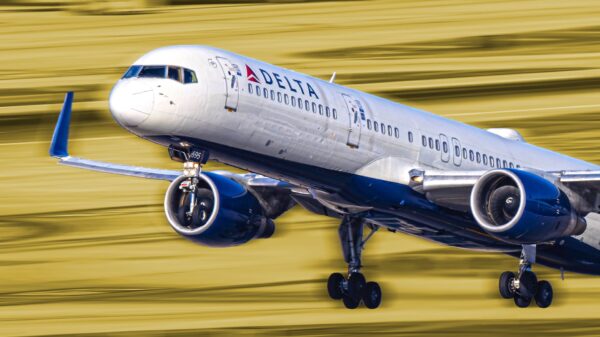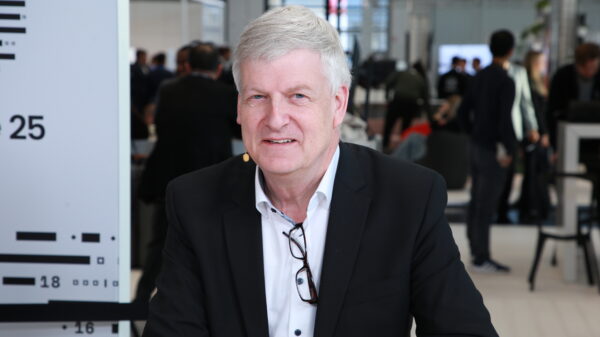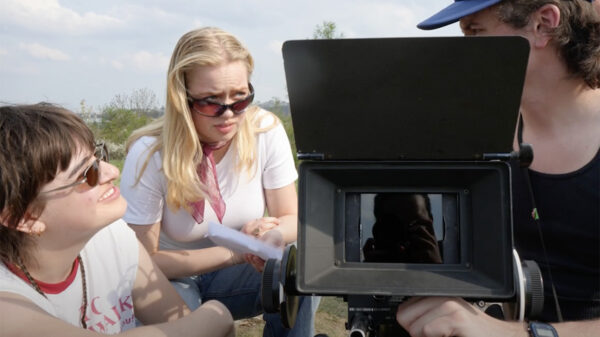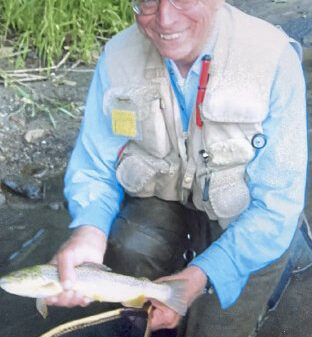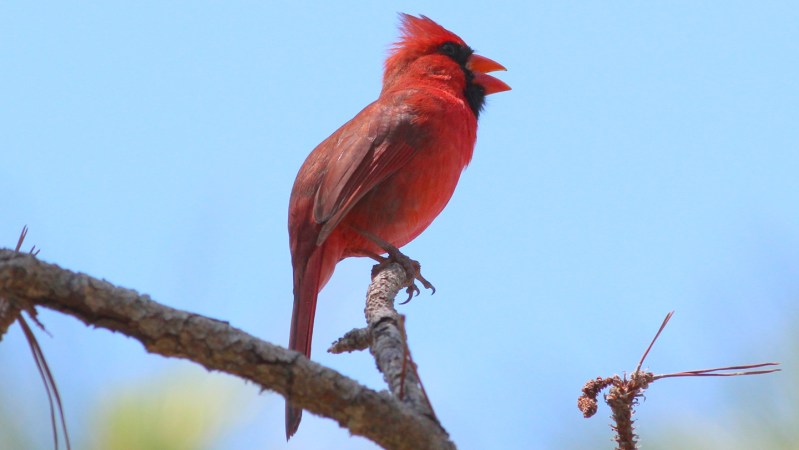Recent research indicates that birds in light-polluted regions are singing for an average of 50 minutes longer each day compared to their counterparts in darker environments. This phenomenon raises questions about the implications of light pollution on avian behavior and health.
According to a study conducted by researchers associated with the Wildlife Conservation Society, the increase in singing duration may be a response to the artificial light that permeates urban and suburban landscapes. While the findings highlight a significant behavioral change, experts remain uncertain whether this extended singing time is beneficial or detrimental to bird health.
Impact of Light Pollution on Bird Behavior
The study, which analyzed data from various countries, notes that birds adapt their vocal patterns to account for the presence of light pollution. In areas where artificial lighting is prevalent, birds tend to sing more frequently during the night, potentially altering their mating and territorial behaviors.
Extended singing may enhance communication among birds, making it easier to attract mates or establish territory. However, the long-term effects of increased vocal activity in light-polluted areas are still unclear. Researchers are particularly concerned about how this change might affect stress levels, breeding success, and overall health.
A growing body of evidence suggests that light pollution can disrupt natural rhythms, not just for birds but for a wide range of wildlife. The International Dark-Sky Association has emphasized the need for greater awareness regarding the ecological impacts of artificial light.
Future Research Directions
Given the complexity of the issue, further studies are essential to understand the full implications of light pollution on bird populations. Researchers are now focusing on whether the benefits of extended singing outweigh potential health risks.
Some scientists point out that while singing may increase social interaction among birds, excessive exposure to artificial light could lead to irregular sleep patterns, making birds more vulnerable to predators. This dilemma highlights the intricate balance between adaptation and survival in changing environments.
As urban areas continue to expand and light pollution increases, understanding how these factors influence wildlife is crucial. The findings of this study underscore the importance of not only protecting natural habitats but also addressing the sources of light pollution.
In summary, while birds are adapting to their increasingly illuminated surroundings by extending their singing times, the broader implications of this adaptation on their health and ecological roles remain to be fully understood. With ongoing research, there is hope that solutions can be found to mitigate the effects of light pollution on avian and other wildlife populations.










